Katharine Graham - Personal History
Issue 24 | 1973 Part 2 - Key Moments at The Washington Post: Meyer, Graham, Pentagon Papers, and Watergate
Warren Buffett's passion for newspapers began at the age of 13 when he delivered copies of the Washington Post and Times Herald at 4:30 a.m. in Washington, D.C. By 1973, Berkshire Hathaway had been involved in the newspaper industry for 6 years, following the acquisition of Sun Newspapers. Sun Newspapers was a chain of weekly neighborhood papers that published seven editions in the suburbs of Omaha.
1973 was a very special year for Buffett. The Sun won a Pulitzer for uncovering Boys Town, Nebraska's large financial resources, which led to reforms in this charitable organization's solicitation and use of public funds.
Interestingly, the Washington Post also won a Pulitzer Prize that year for its investigative reporting on the Watergate scandal. This makes one wonder if that was the catalyst for Buffett's investment in the Post.
Eugene Meyer
Our journey with The Washington Post began in 1933 when Eugene Meyer acquired the newspaper.
"The paper had fallen on hard times, largely brought on by the aimless ways of its owner, Edward Beale McLean, a dapper playboy whom Alic Longworth later described as a 'pathetic man with no chin and no character."1
“From the time he inherited the Post in 1916 until he lost it a decade and a half later, Ned had paid scant attention to either its news or its business side. He brought his mistress to editorial meetings, or so it was alleged by his wife.”2
“Eugene Meyer had expressed interest in the Post and other papers several times. As early as 1925, when he realized that Hearst had two papers in Washington, both losers, he thought Hearst might be willing to sell one and tried to acquire the Morning Washington Herald.3 Four years later, in 1928, he tried to buy the Post for $5 million, in 1931, he offered $3 million but was rejected.”4
“In 1932, with half a million in debts, the Post was forced into receivership because it could not even pay its newsprint bills. It was to be sold at a public auction. The action was held on the steps of the Post's gray gingerbread building at E Street on Pennsylvania Avenue on June 1, 1933. Eugene Meyer acquired the Washington Post for $825,000, which was significantly less than the $5 million he offered five years earlier.”5
"Eugene Meyer felt a newspaper was a public trust meant to serve the public in a democracy. He wanted a paper that would advance beyond what it had achieved in its heyday and take a leadership which could be achieved only by exceptional quality."6
The heart and soul of his principles were as follows:
The first mission of a newspaper is, to tell the truth as nearly as the truth may be ascertained;
The newspaper shall tell ALL the truth so far as it can learn it concerning the important affairs of America and the World;
That as a disseminator of news, the paper shall observe the decencies that are obligatory upon a private gentleman;
That which it prints shall be fit reading for the young as well as the old;
The newspaper's duty is to its readers and to the public at large, not to its owner's private interests.
In the pursuit of truth, the newspaper shall be prepared to make the sacrifice of its material fortunes if such a course be necessary for the public good;
That the newspaper shall not be the ally of any special interest but shall be fair and free, and whose views are in its outlook on politics and public men.7
Phil Graham
Kay's husband, Phil Graham, joined the Post in 1946 and would later become the publisher of the Post in December. Eugene transferred Phill 3,325 shares and Kay 1,325. Phil was given the larger share of stock because, as her dad explained, no man should be in the position of working for his wife.
In 1962, Phil, a manic depressive, had taken a mistress and decided to divorce Kay and take control of the paper. Phil knew he controlled the Post because he received the majority of shares from Kay's father, and he felt that he owned the paper given his 17 years of service.
"In some ways, this was the bottom moment for me - very confusing, very difficult, and very painful. Not only had I lost my husband, but I was about to lose the Post. I had to face facts- Phil was really gone. He had left me for good, and I had to come to terms with this devastating reality. It was almost more than I could bear. My feelings about the Post, however, were very clear. My father had indeed given Phil the major part of the stock, and Phil had run the company well, but it was my father's financial backing that had enabled the Post to build a new building and later to buy the Times-Herald and ensure its future. It was the millions invested in the paper by my father that enabled it to survive the years of losses. It was my paying all our living expenses that had allowed Phil to purchase his stock with his income from the Post. So, my bitterness about his plans was extreme, and my intention to dig in was total. I was not about to give up the paper without a fight.”8
In 1963, Phil committed suicide shortly after being released by the hospital.
Please be warned that I will be describing the suicide next.
"We had lunch on two trays on the back porch at Glen Welby, chatting and listening to some classical records. After lunch, we went upstairs to our bedroom for a nap. After a short while, Phil got up, saying he wanted to lie down in a separate bedroom he sometimes used. Only a few minutes later, there was an ear-splitting noise of a gun going off indoors. I bolted out of the room and ran around in a frenzy, looking for him. When I opened the door to the downstairs bathroom, I found him. It was so profoundly shocking and traumatizing - he was so obviously dead, and the wounds were so ghastly to look at - that I just ran into the next room and buried my head in my hands, trying to absorb that this had happened.”9
On September 20th, 1963, Kay Graham was elected president of the Washington Post Company.
"Often, I have been asked how I had the courage to take over the company, and I've always replied that I never saw myself as "taking over" anything or becoming the head of the company. I had no conception of the role I was eventually to fill.”10
"I was uneducated in even the basics of the working world - how to relate to people professionally, tell people things they might now want to hear, and give praise and criticism. Fritz was a life-saving presence to me and the company; he was generous to me in every way, making me feel comfortable, wanted, and regarded.”11
"My job was made infinitely harder by comparing myself not with the real Phil Graham but with my exaggerated idea of his ability and accomplishments. Still, I didn't have as much energy as Phill had, nor were my interests as broad, my knowledge nearly as deep, or my training as adequate. As I readily admitted, I certainly didn't feel in any way equal to running the Post the way he had run it. I wrote to an old friend that having me at the helm of the Post and Newsweek " isn't like having Phil running the, but I felt like the President of the United States who said to Congress, 'I am the only President you've got.' " I had to come to realize that I could only do the job in whichever way I could."12
The Pentagon Papers
By 1971, it was clear that the Post was facing financial difficulties and decided to go public. On June 15th, the company launched its initial public offering at a price of $26 per share. Soon after, the Post became entangled in the Pentagon Papers controversy.
The Pentagon Papers refer to a confidential Department of Defense study that examined U.S. political and military involvement in Vietnam from 1945 to 1967. As the Vietnam War escalated, with over 500,000 U.S. troops stationed in Vietnam by 1968, military analyst Daniel Ellsberg, who had contributed to the study, grew increasingly opposed to the war. Believing the American public should be informed, Ellsberg photocopied the report and, in March 1971, provided it to The New York Times. The newspaper subsequently published a series of revealing articles based on the report's most critical findings.
The Nixon administration sought an injunction against the Times for publishing the remainder of the Pentagon Papers. The Post soon received over 4,400 pages of the report and was debating whether to publish it.
The court order against them meant that if we were to publish, the action might be viewed as disobeying the law and disrespecting the court. This also put them in a precarious position, given that they had just gone public, and criminal activity could endanger any agreement they had with the underwriters to purchase all the unsold stock after the offering.
There was a fierce battle going on within the Post, as the lawyers suggested that the Post notify the attorney general of its intention to publish on Sunday. However, the editors and reports were 100% for publishing. They believed that if the Post did not publish, it would be "crawling on its belly" to the attorney general, and credibility would be destroyed journalistically for being gutless. "The only way to assert the right to publish is to publish."13
Kay had to make the call.
"Frightened and tense, I took a big gulp and said, go ahead, go ahead. Let's go. Let's publish."
The government promptly filed suit against the Post with the Supreme Court ruling 6-3 that the government had not met "the heavy burden of showing justification" for restraining further publication of the Pentagon Papers as endangering security.”14
In the First Amendment, the Founding Fathers gave the free press the protection it must have to fulfill its essential role in our democracy. The press was to serve the governed, not the governors. The government’s power to censor the press was abolished so that the press would remain forever free to censure the government. The press was protected so that it could bare the secrets of government and inform the people. Only a free and unrestrained press can effectively expose deception in government. And paramount among the responsibilities of a free press is the duty to prevent any part of the government from deceiving the people and sending them off to distant lands to die of foreign fevers and foreign shot and shell. - Justice Hugo L. Black
"That was a key moment in the life of the paper. It was just sort of the graduation of the Post in the highest ranks. One of our unspoken goals was to get the world to refer to the Post and New York Times in the same breath, which they previously hadn't done. After the Pentagon Papers, they did."15
Watergate
The Watergate scandal began on June 17, 1972, when five intruders broke into the Democratic National Committee (DNC) headquarters in Washington, D.C. Among them was James W. McCord Jr., identified as the security coordinator for the Committee for the Re-Election of the President (CRP). Investigations linked the burglars to campaign funds, revealing they were part of a broader effort by Nixon's aides to spy on Democrats.
The scandal escalated in 1973, especially during the burglars' trial. McCord accused high-ranking officials, including White House counsel John W. Dean III and CRP official Jeb Stuart Magruder, of approving the break-in. The Senate held televised hearings, where Dean indicated Nixon was aware of the cover-up and hush money payments.
All that crap, you're putting it in the paper? It's all been denied. Katie Graham's gonna get her tit caught in a big fat wringer if that's published. Good Christ! That's the most sickening thing I ever heard. - John N. Mitchell
A key moment came in July 1973 when former aide Alexander P. Butterfield disclosed a secret recording system that taped Nixon's conversations. Nixon refused to release the tapes, citing executive privilege, leading to the "Saturday Night Massacre" when he fired Special Prosecutor Archibald Cox. Despite Nixon's claim of "I'm not a crook," investigations continued, revealing an 18-minute gap in a tape.
J. Edgar Hoover: "I saw her on TV, Mrs. Graham. I would have guessed she was around 85 years old. She's actually around 57."
Richard M. Nixon: "Oh no, I know that."
J. Edgar Hoover: "She aged terribly."
Richard M. Nixon: "She's just an awful old bag."
J. Edgar Hoover: "She's an old Bitch."
Richard M. Nixon: "That's right."
In March 1974, a grand jury indicted several former Nixon aides and named Nixon as an unindicted co-conspirator. The Supreme Court eventually ordered the release of additional tapes, one of which, known as the "smoking gun," showed Nixon had known about the break-in and tried to obstruct the FBI. Facing mounting evidence, Nixon's support collapsed, the House Judiciary Committee approved articles of impeachment, and he resigned on August 8, 1974.
"Watergate was a transforming event in the life of the Washington Post- as it was for many of us at the paper and throughout journalism. Anything as big as Watergate changes you, and I believe it changed not only the Post and me but journalism as a whole. There were both positive and negative effects."16
“At the Post, Watergate tested our whole organization: our talents, our skills, and our ability to organize and mobilize resources to manage a long-term investigation while still covering the daily news. Watergate catapulted the Post to true national and international promise. The paper became known throughout the world because of it."17
Becoming Berkshire 1930-1973:
Issue 23| 1973 Mr. Buffett Goes to Washington
Issue 22| 1972 Part 2 -The Nifty Fifty
Issue 21| 1972 - See's Candies
Issue 20| 1971 Part 3- The Nixon Shock
Issue 19| 1971 Part 2- Supermoney
Issue 18| 1971 Part 1- The Dean & The Disciple
Issue 17| 1970 Part 2 - Blue Chip Stamps
Issue 15| The Go-Go Years of the 60s
Issue 14| 1969- Part 2 Illinois National Bank
Issue 13| 1969 - Part 1 Buffett Retires
Issue 12| 1968 - Sun Newspaper & Blacker Printing Company
Issue 11| 1967 Part 2 - National Indemnity
Sabre Arc Portfolio Updates:
March 2025 Review: $1,174,370.03
December 2024 Review: $1,209,486.84
November 2024 Review: $1,214,498.45
October 2024 Review: $1,132,767
September 2024 Review: $1,137,009
August 2024 Review: $1,094,182
Graham, Katharine. Personal History (New York: Alfred A. Knope, 1997) Pg. 55.
Graham, Katharine. Personal History (New York: Alfred A. Knope, 1997) Pg. 56.
Graham, Katharine. Personal History (New York: Alfred A. Knope, 1997) Pg. 57.
Id.
Graham, Katharine. Personal History (New York: Alfred A. Knope, 1997) Pg. 58.
Graham, Katharine. Personal History (New York: Alfred A. Knope, 1997) Pg. 63.
Id.
Graham, Katharine. Personal History (New York: Alfred A. Knope, 1997) Pg. 315.
Graham, Katharine. Personal History (New York: Alfred A. Knope, 1997) Pg. 331.
Graham, Katharine. Personal History (New York: Alfred A. Knope, 1997) Pg. 340.
Id.
Graham, Katharine. Personal History (New York: Alfred A. Knope, 1997) Pg. 341.
Graham, Katharine. Personal History (New York: Alfred A. Knope, 1997) Pg. 447.
Graham, Katharine. Personal History (New York: Alfred A. Knope, 1997) Pg. 454.
Graham, Katharine. Personal History (New York: Alfred A. Knope, 1997) Pg. 458.
Graham, Katharine. Personal History (New York: Alfred A. Knope, 1997) Pg. 507.
Graham, Katharine. Personal History (New York: Alfred A. Knope, 1997) Pg. 508.

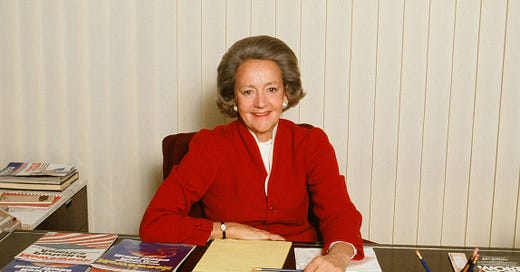



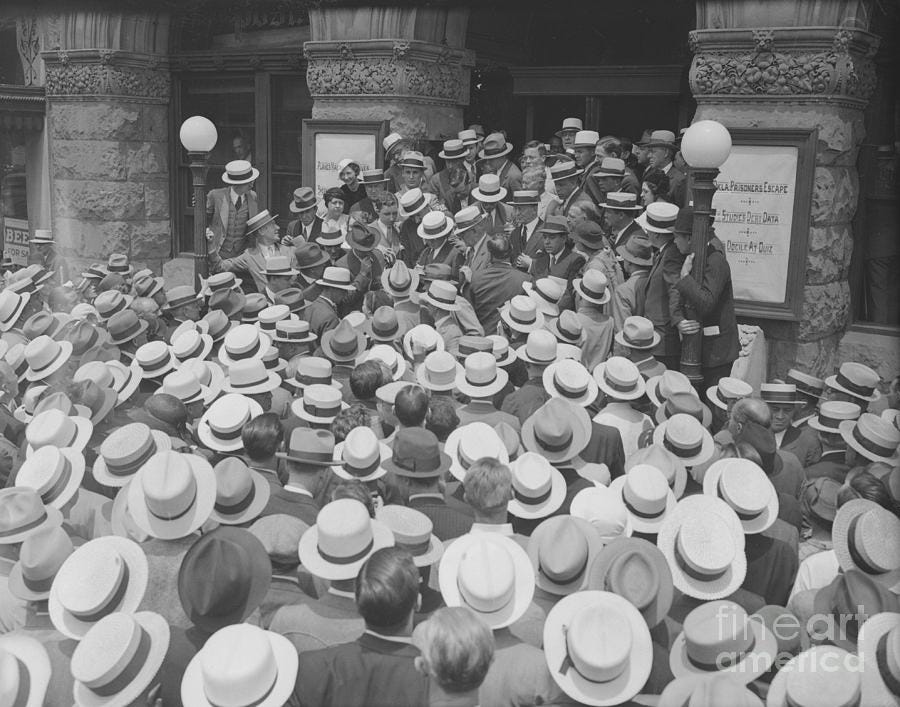
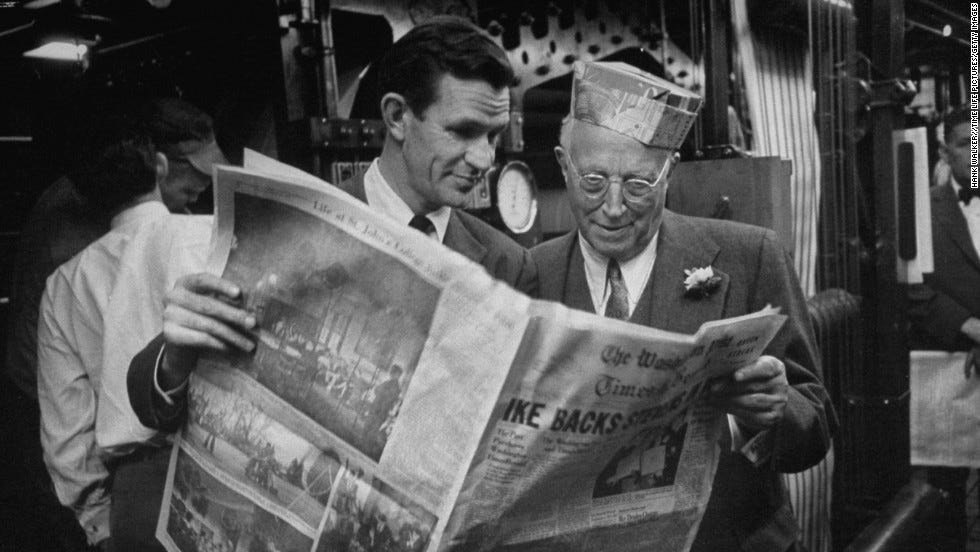
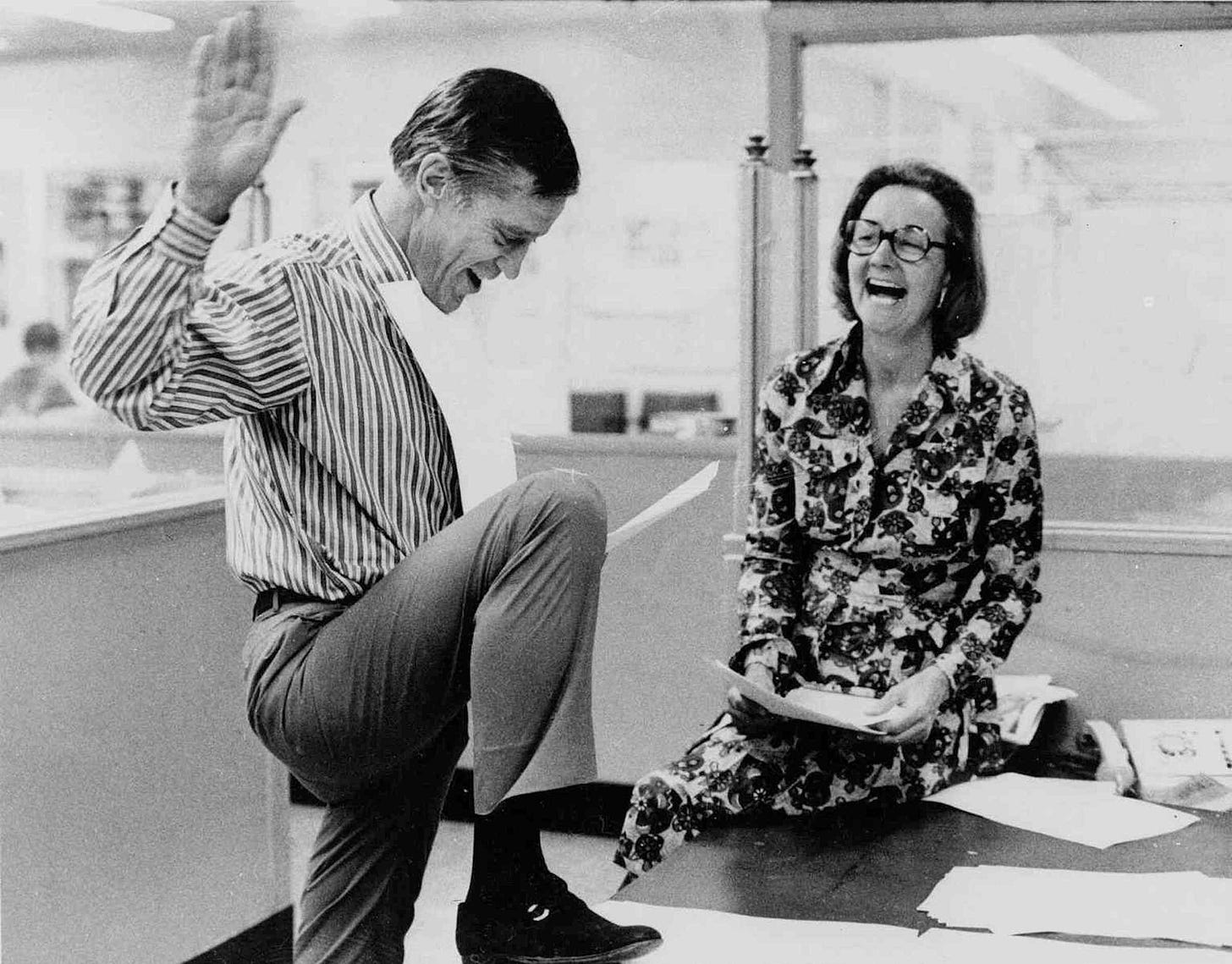
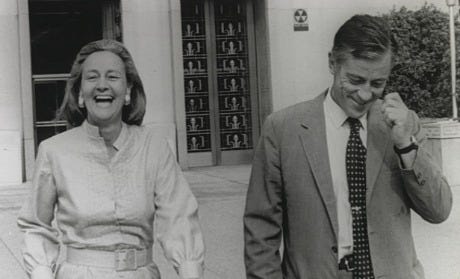

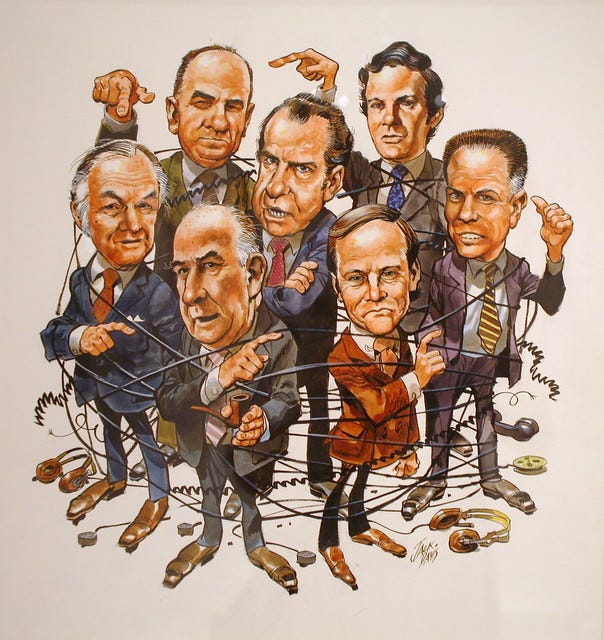

Study the past if you would define the future.
Wasn’t Susan off singing in nightclubs and lounges around then? I think something was amiss between both of them. But, how would I or anyone else know. Perhaps one of the children will write about it one day.
Warren also told Alice to get a divorce if she wasn’t happy. She took his advice.
However, Warren didn’t attend Susan’s funeral because as Schroeder wrote he was too grief stricken. And it was Susan who introduced Warren to Astrid.
What a soap opera.